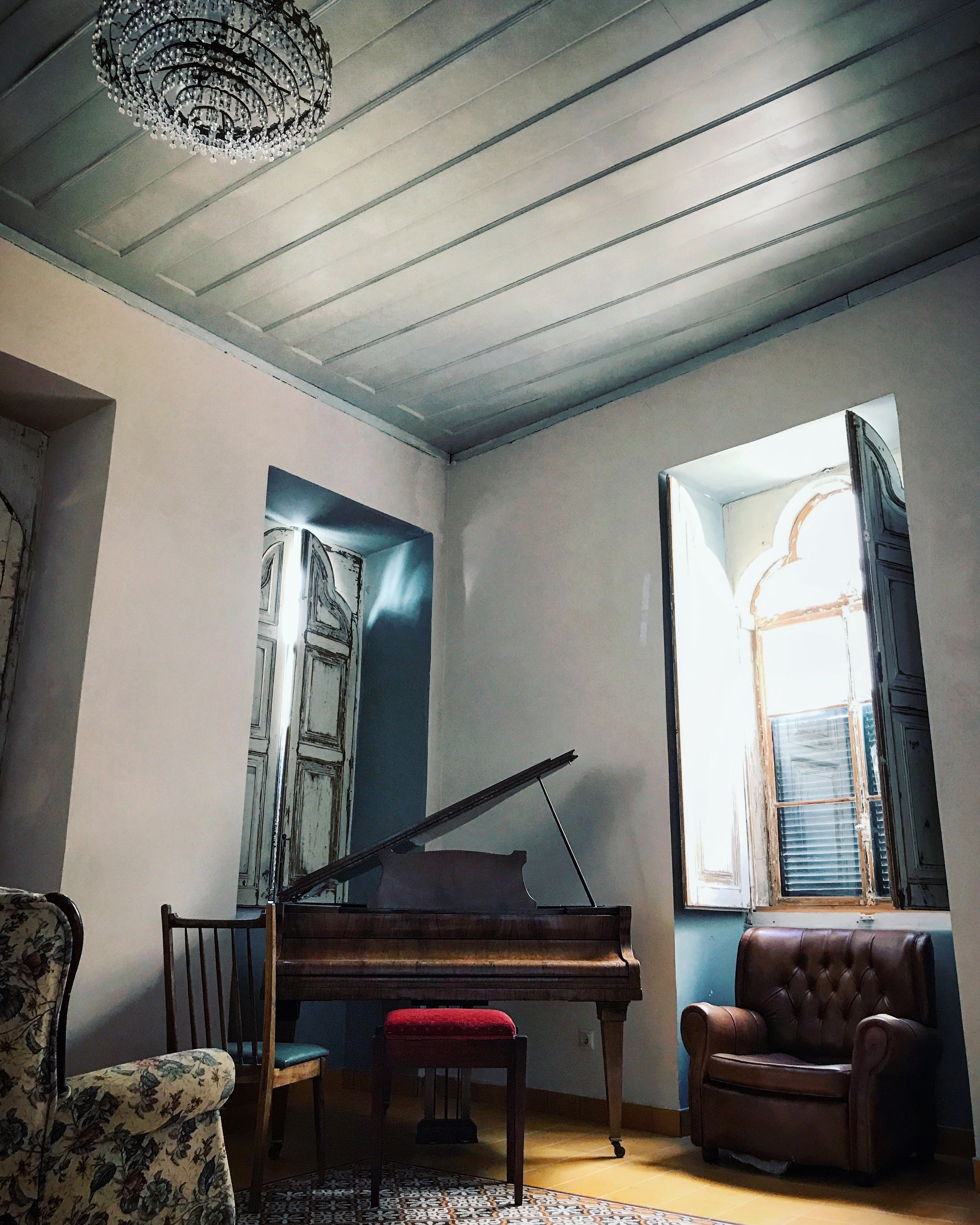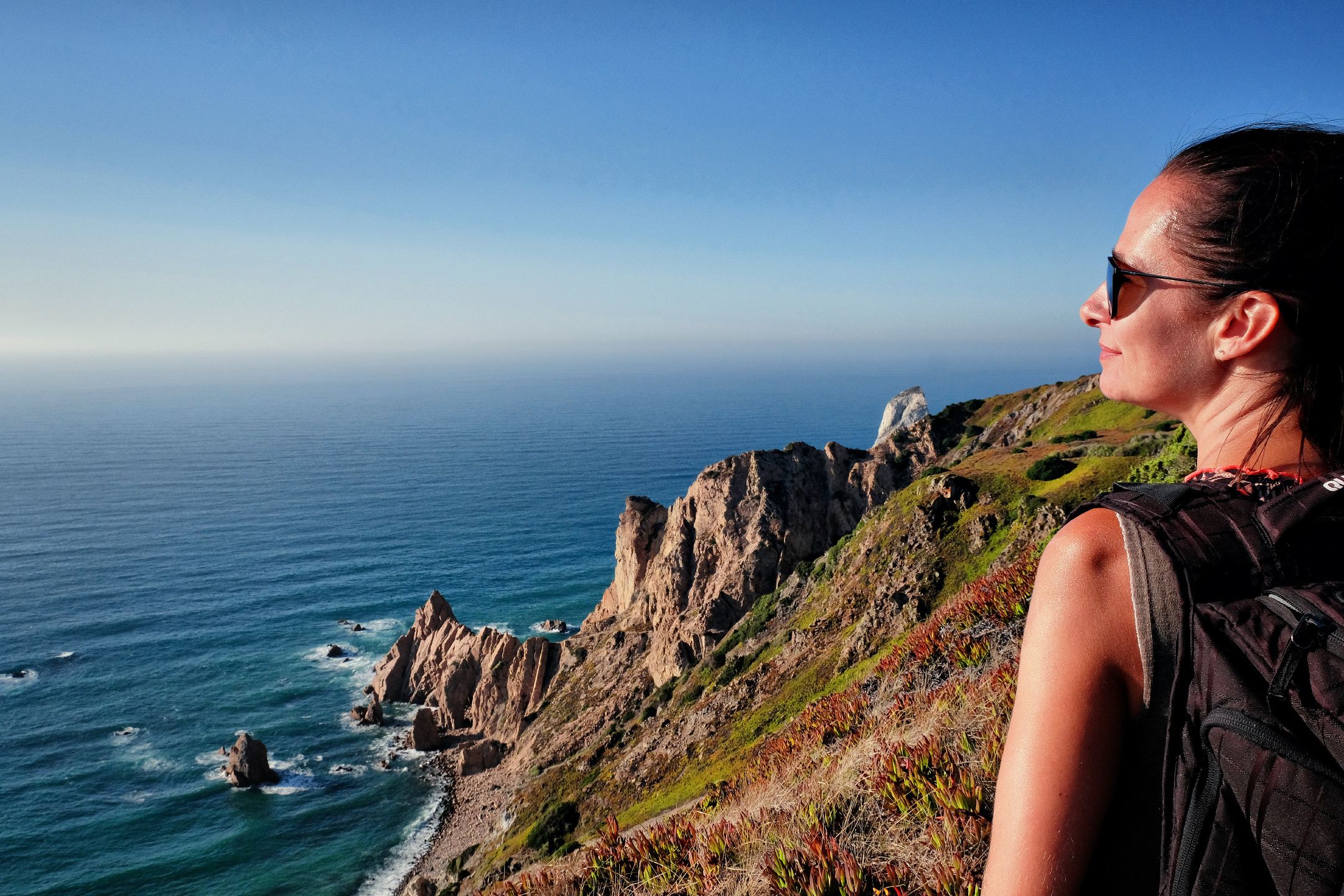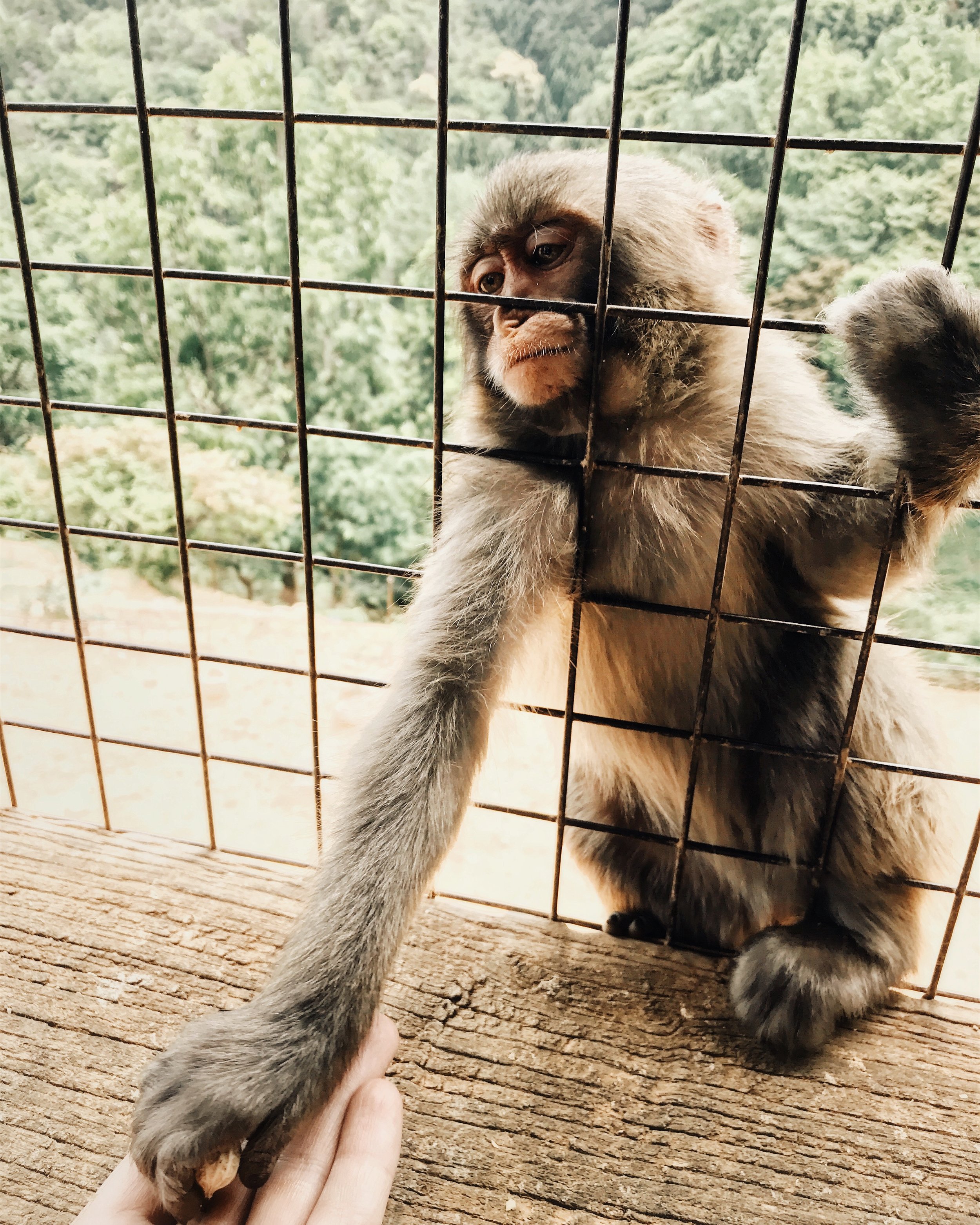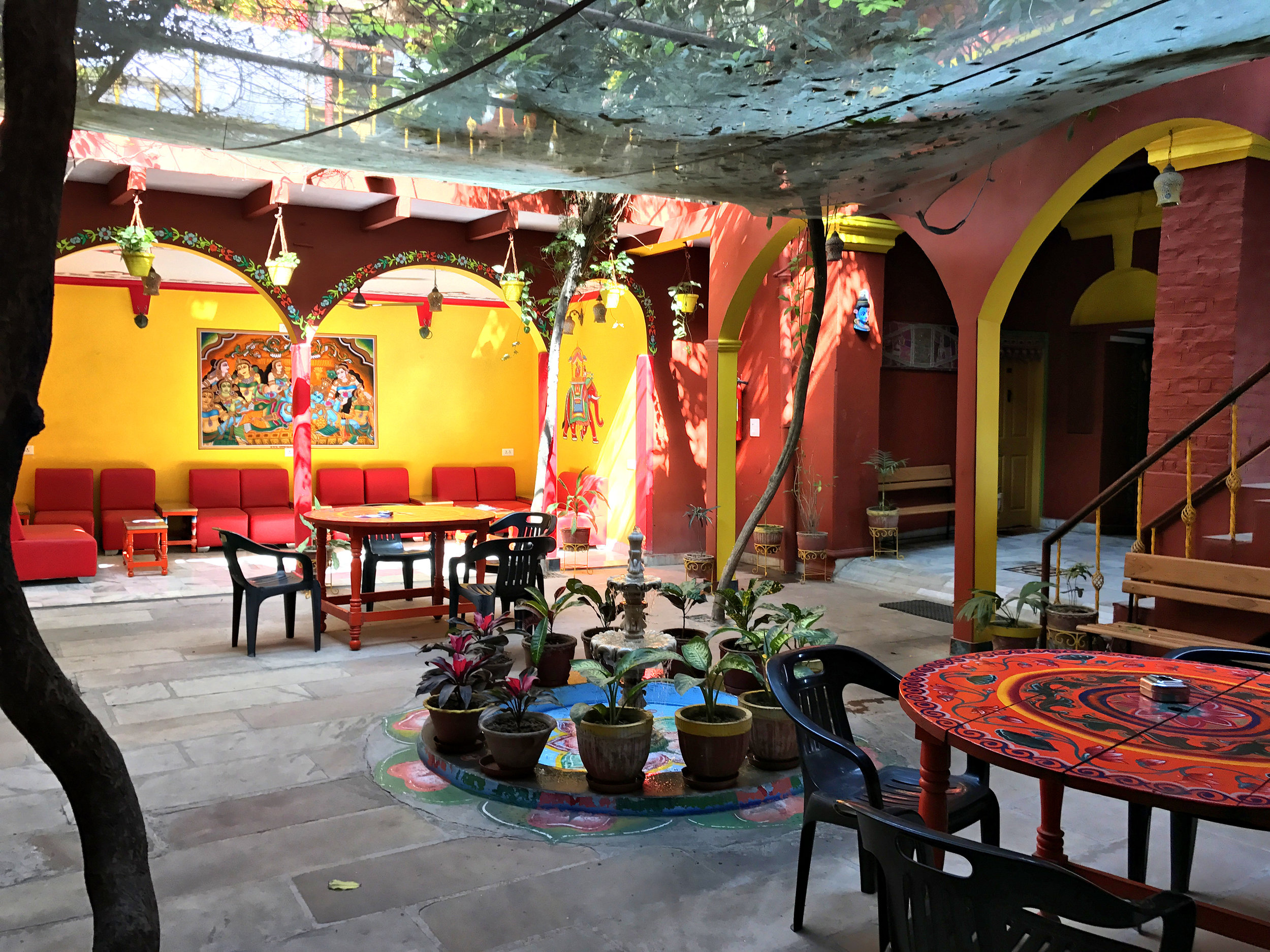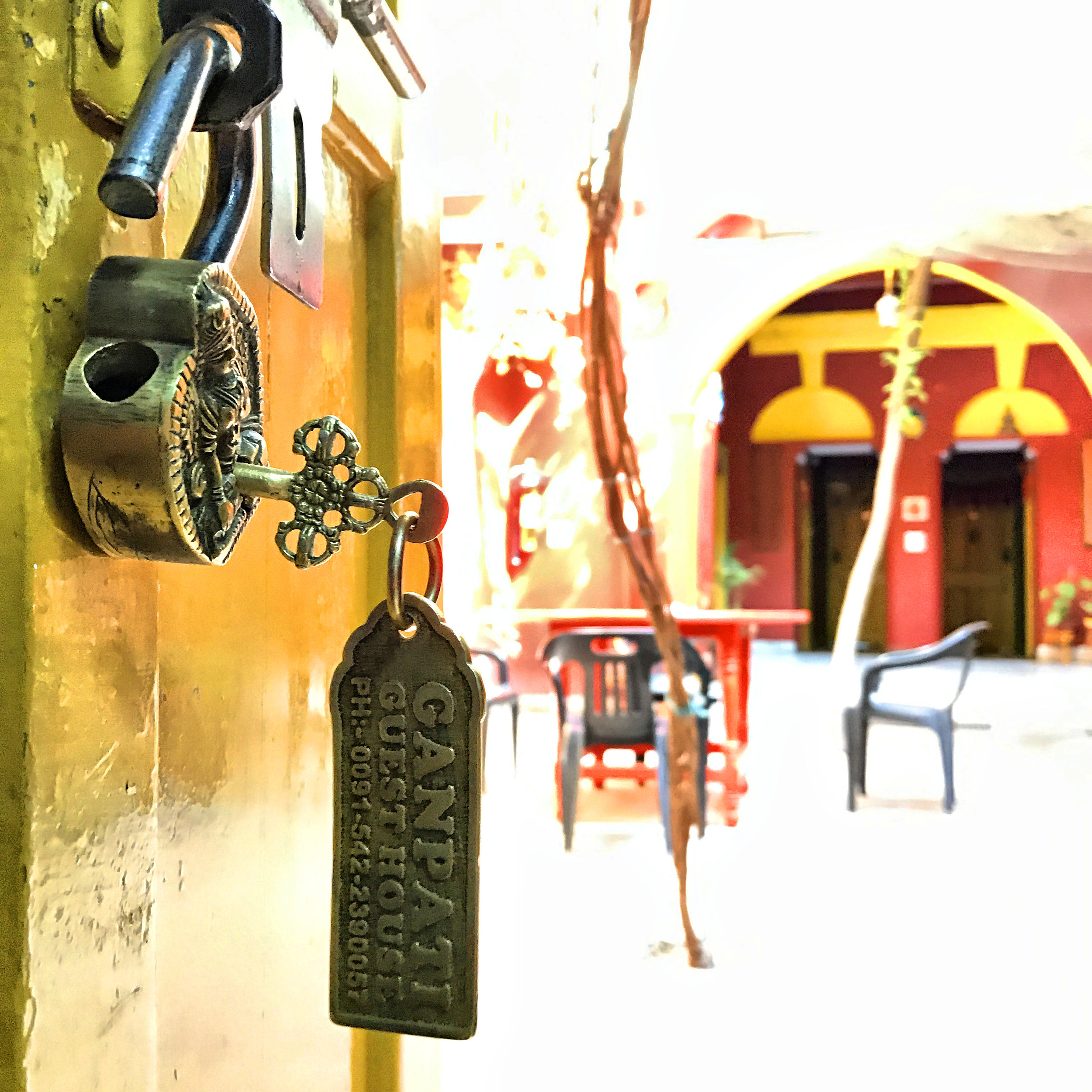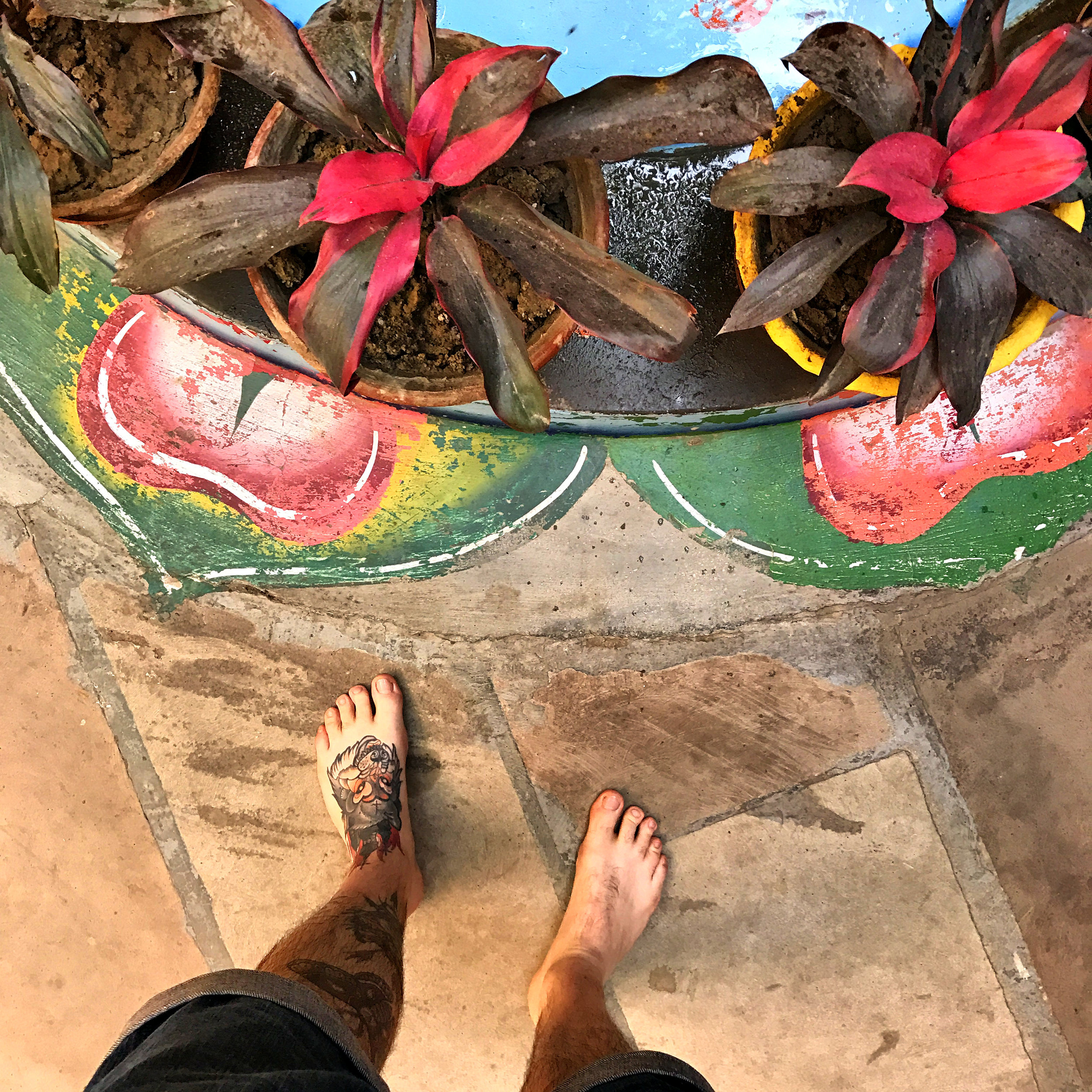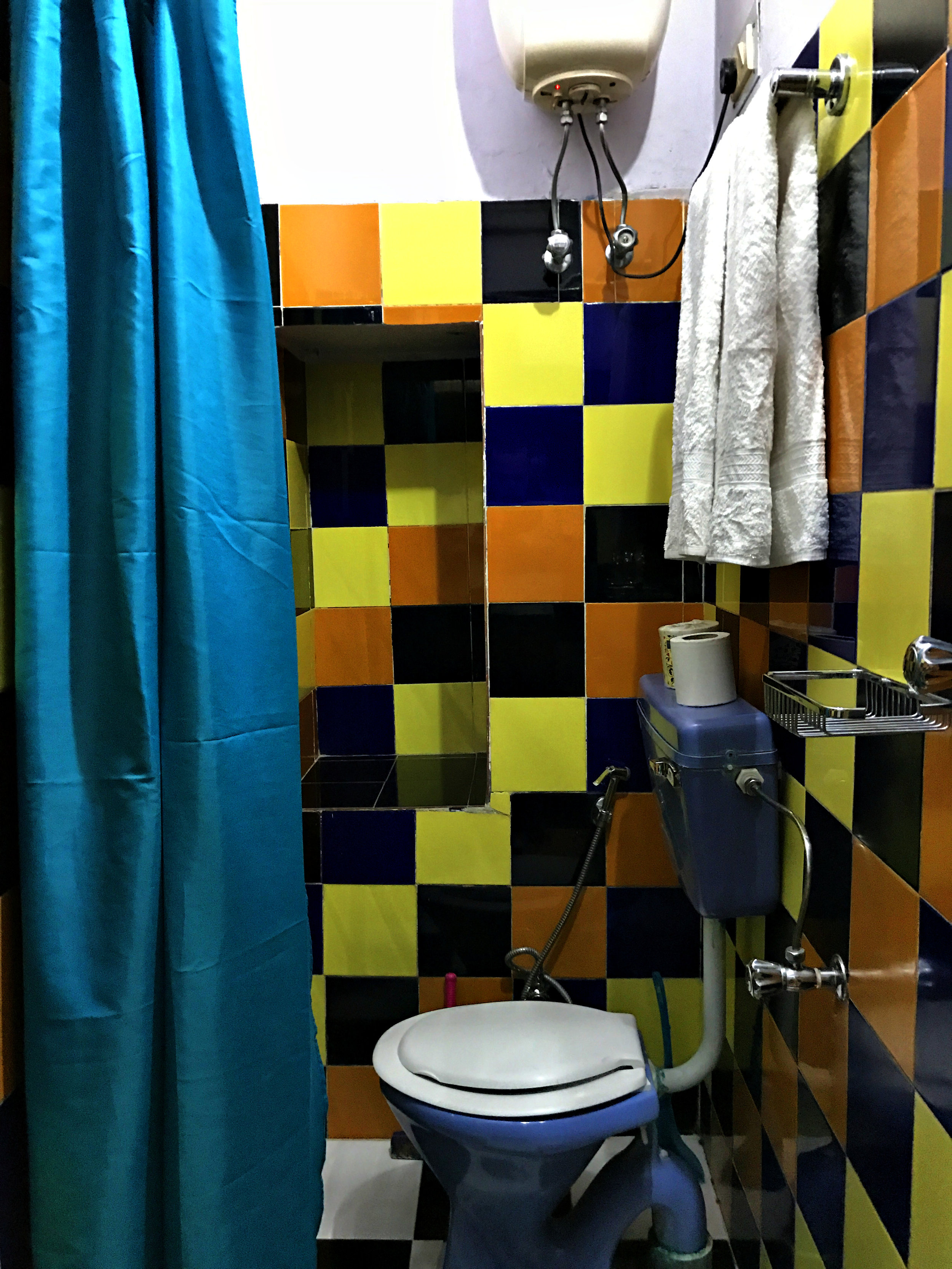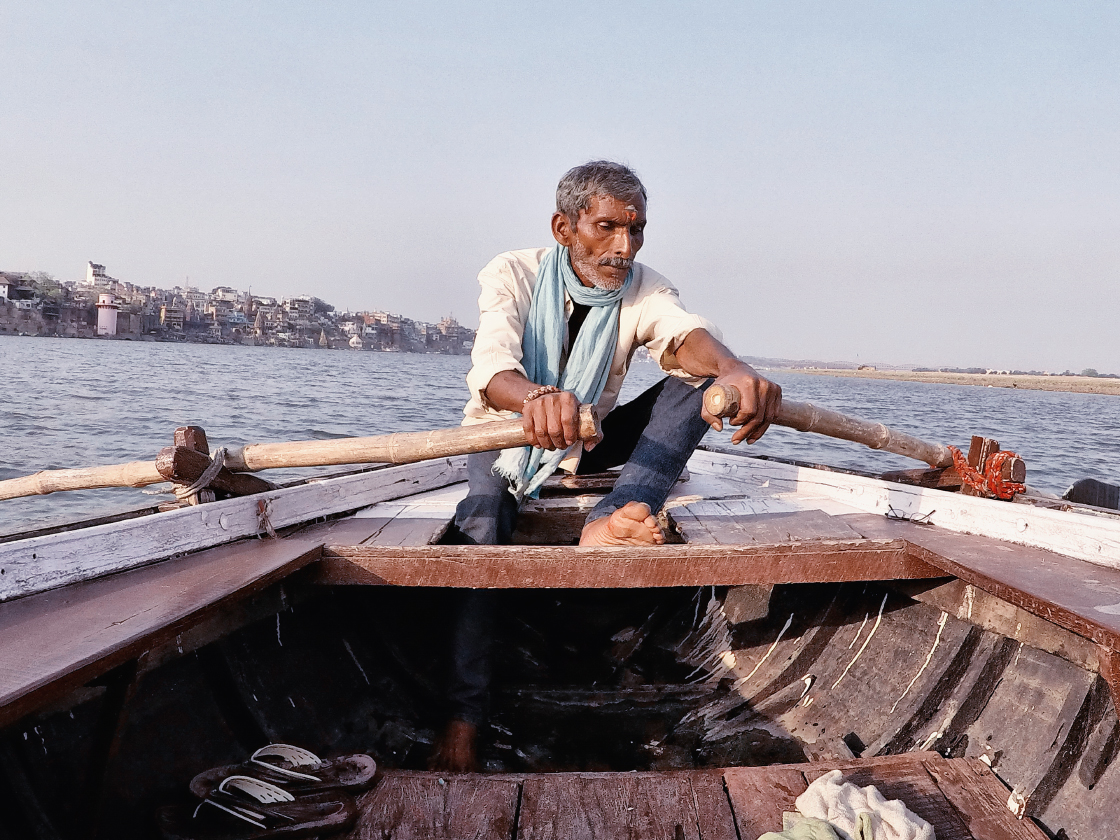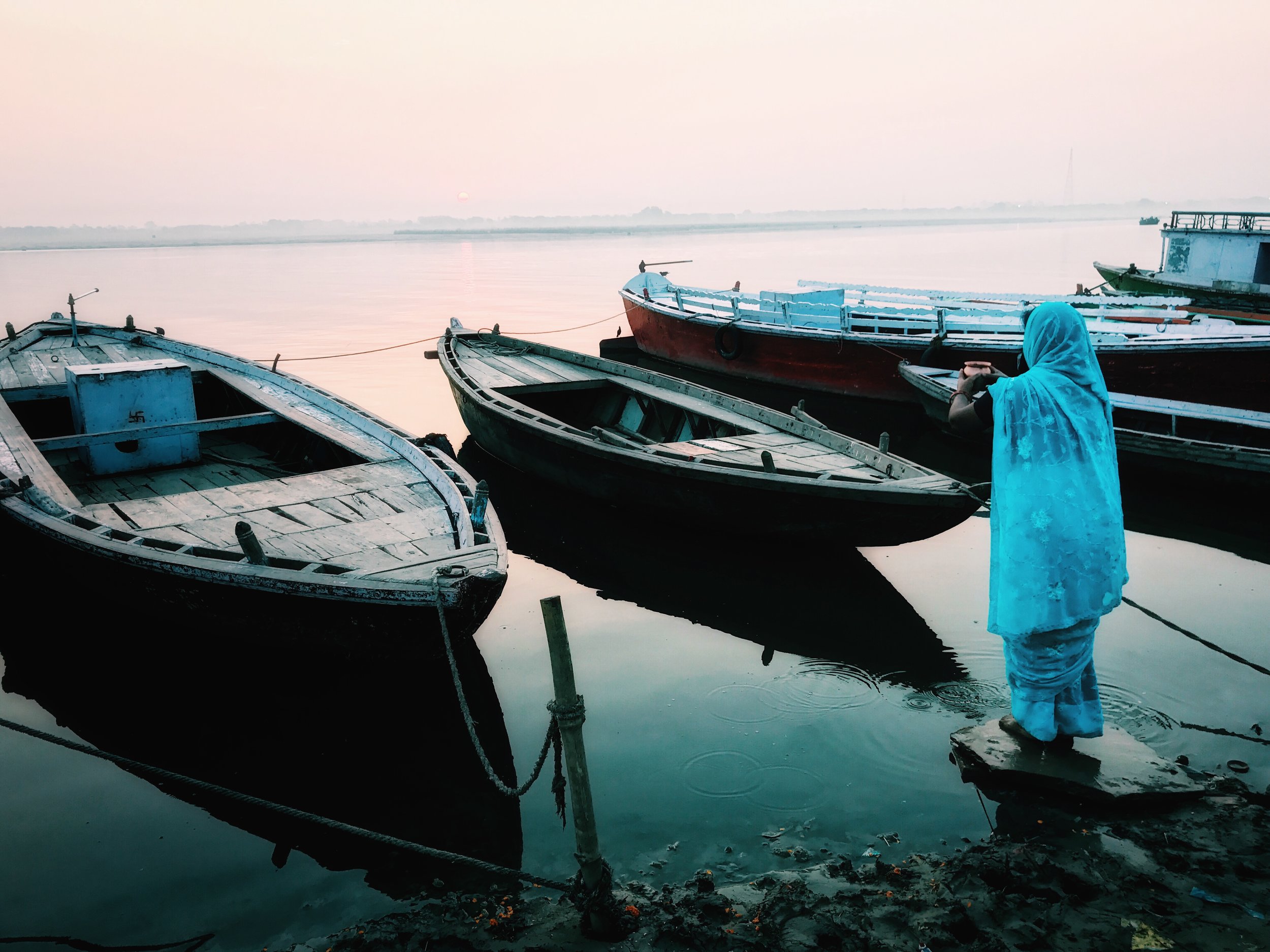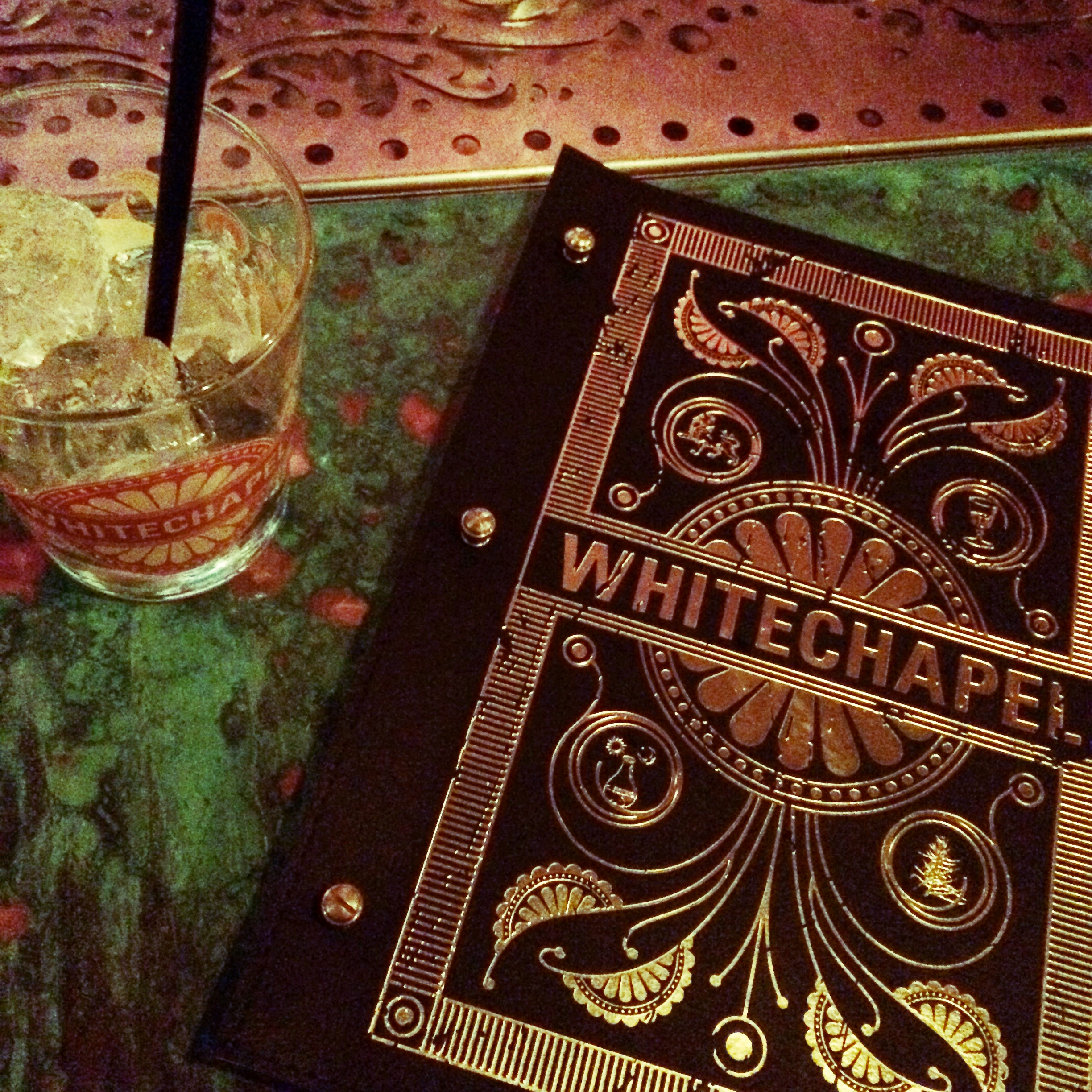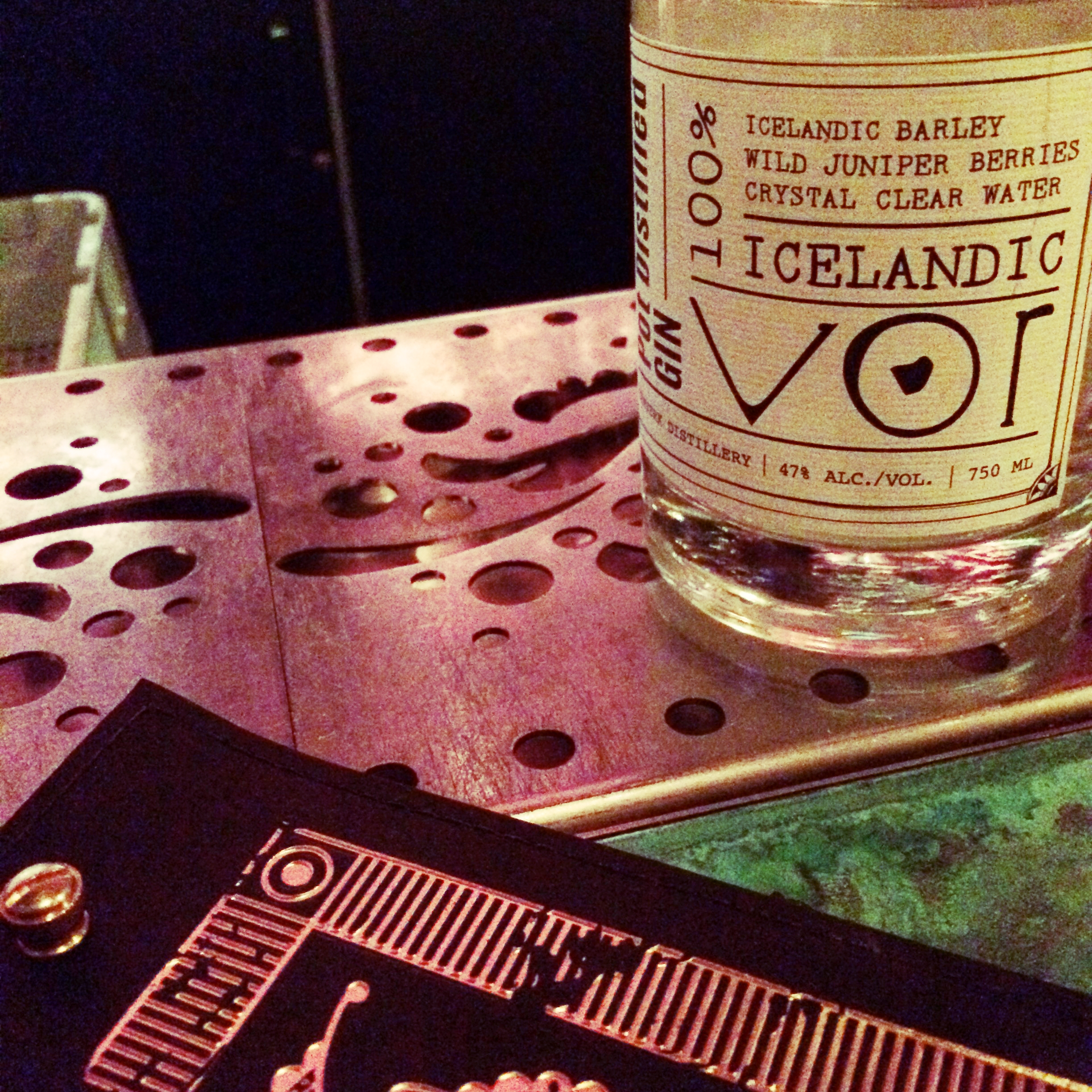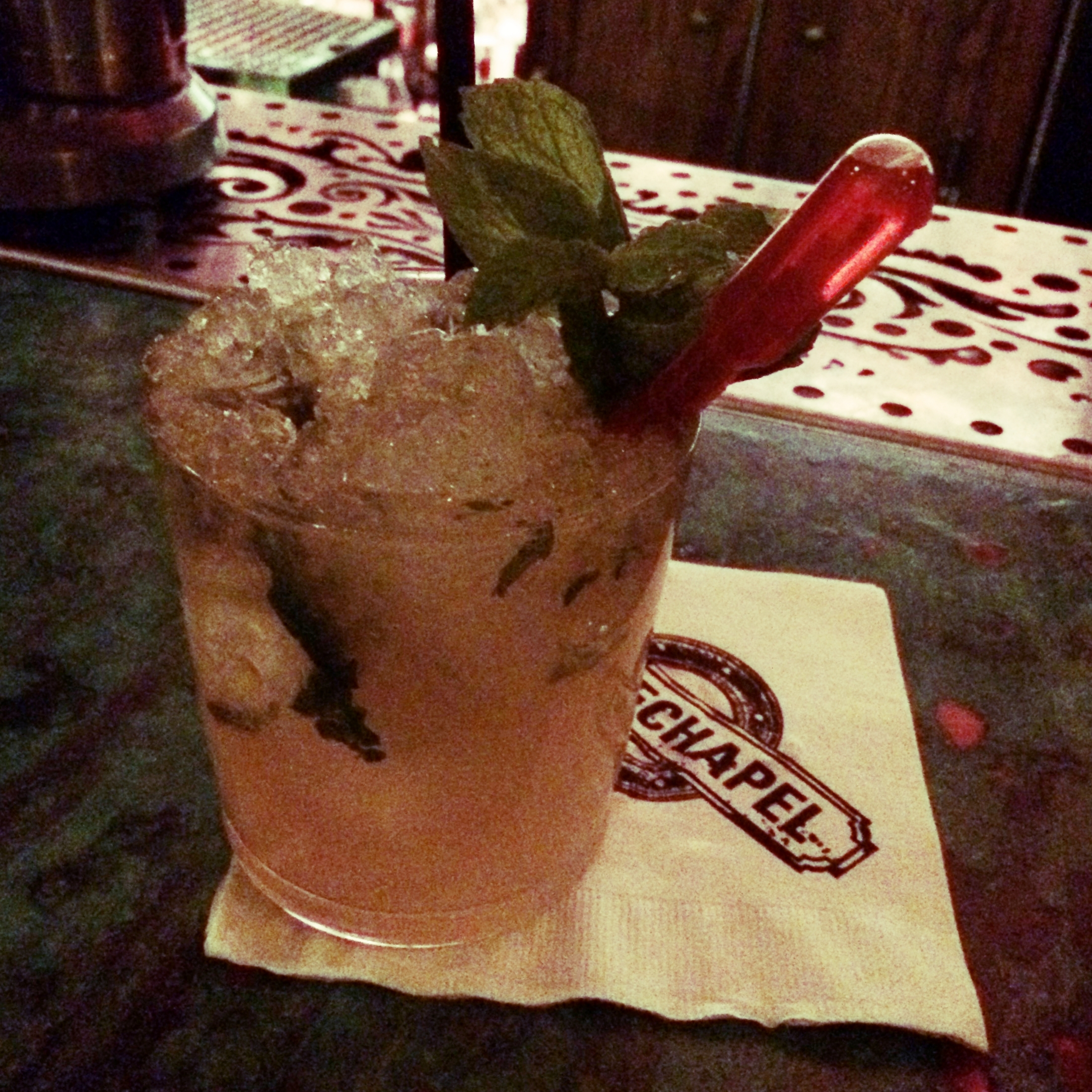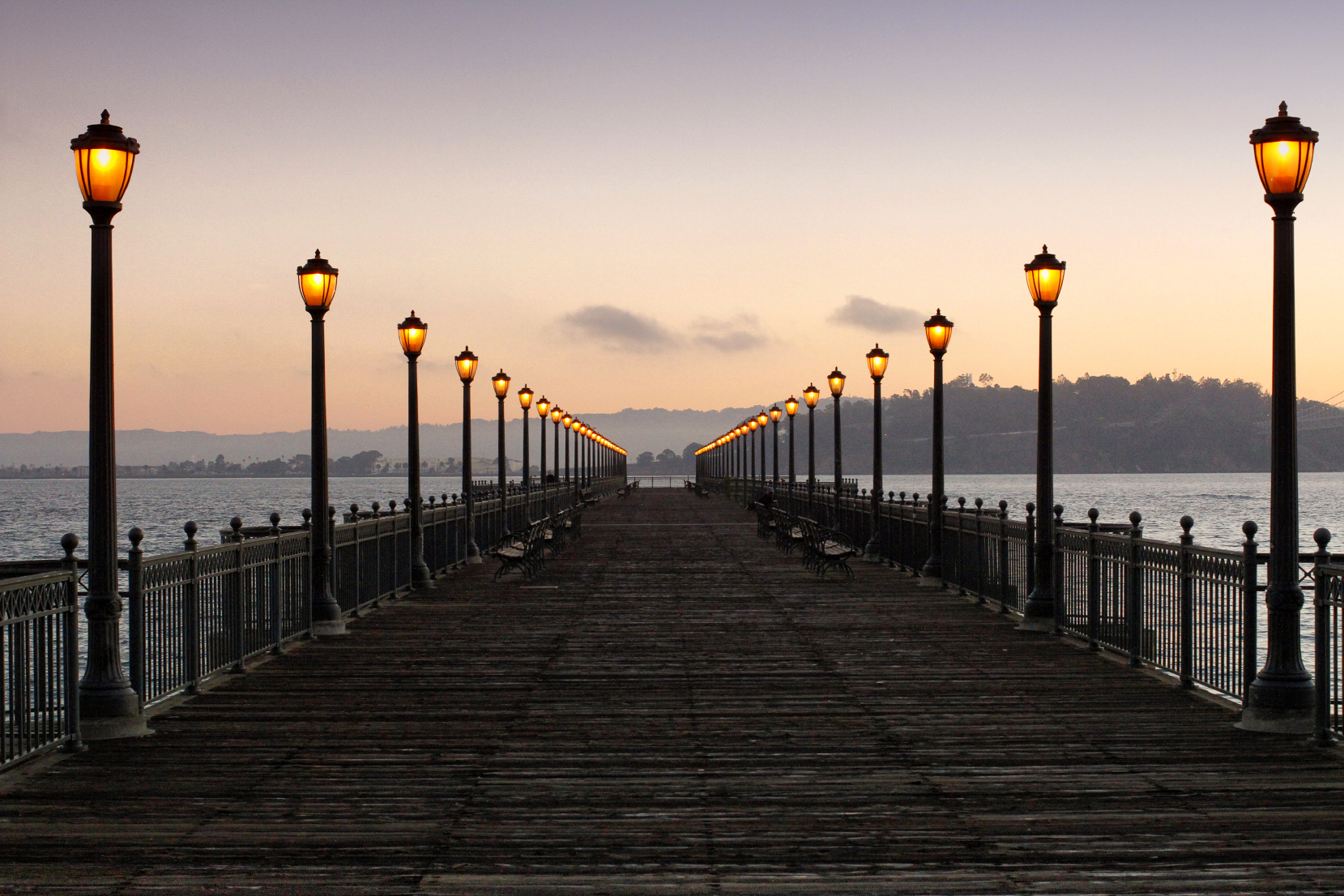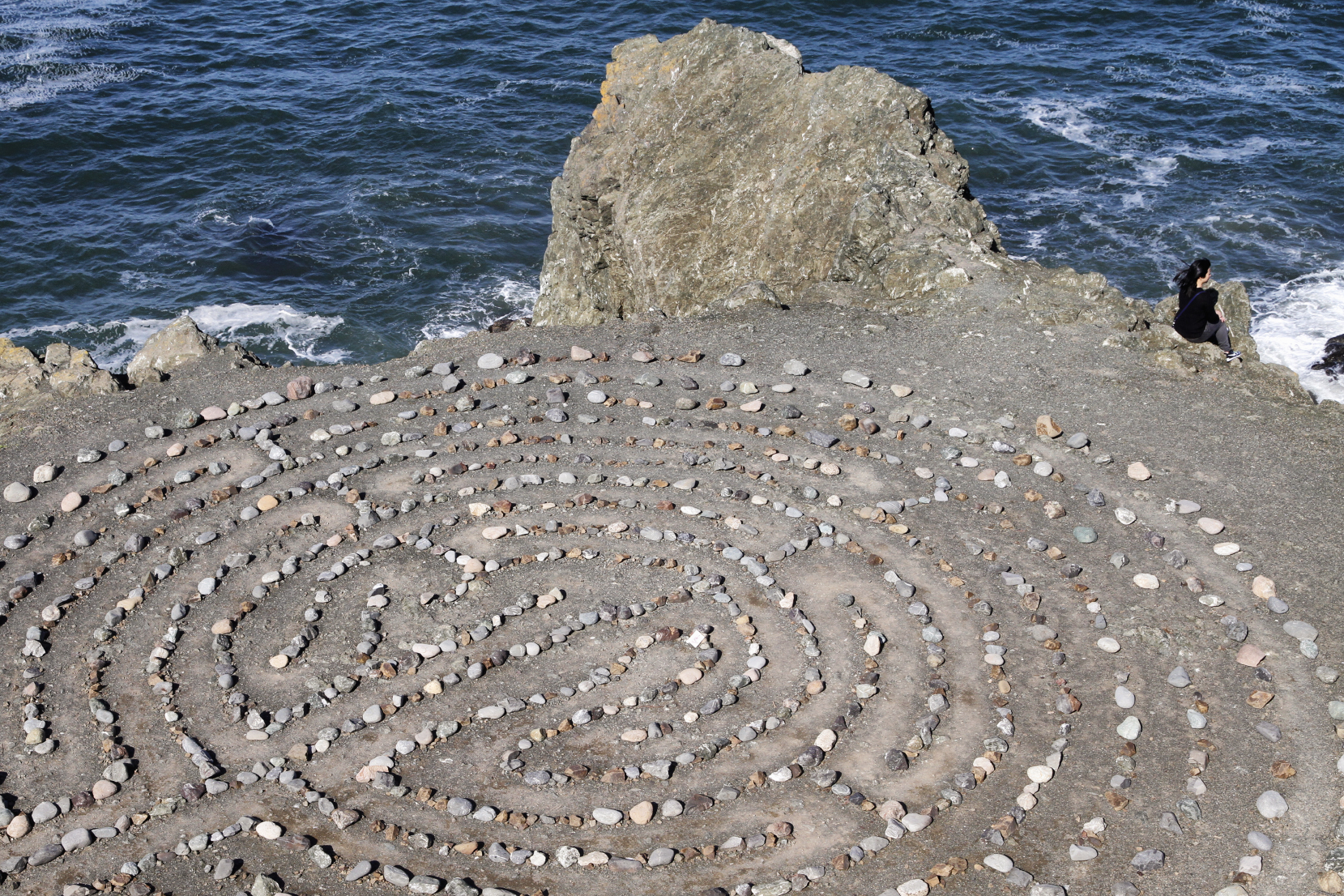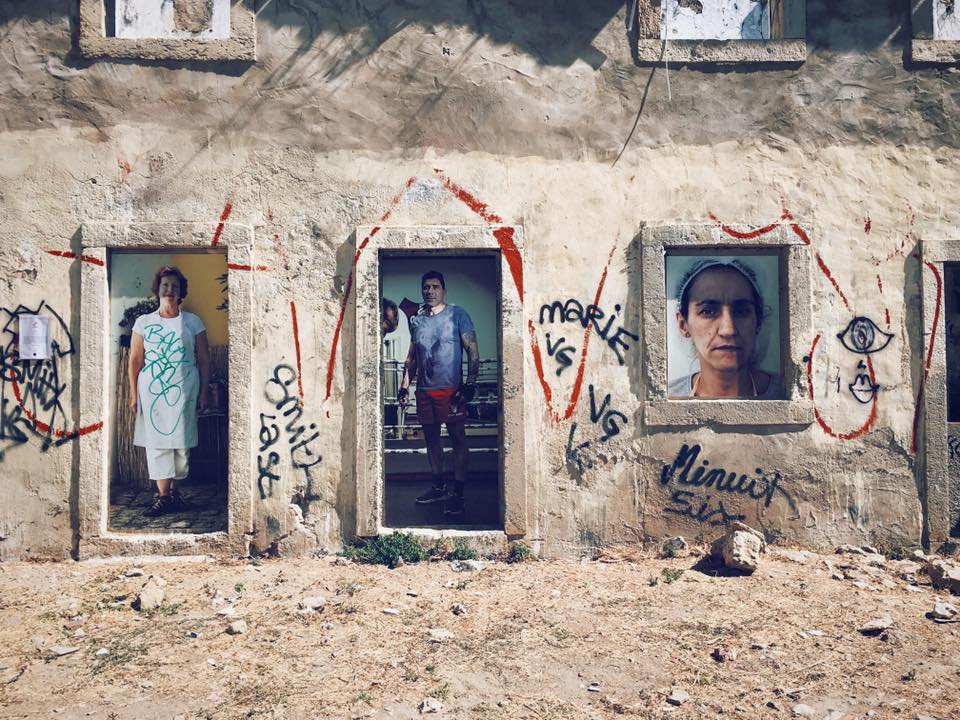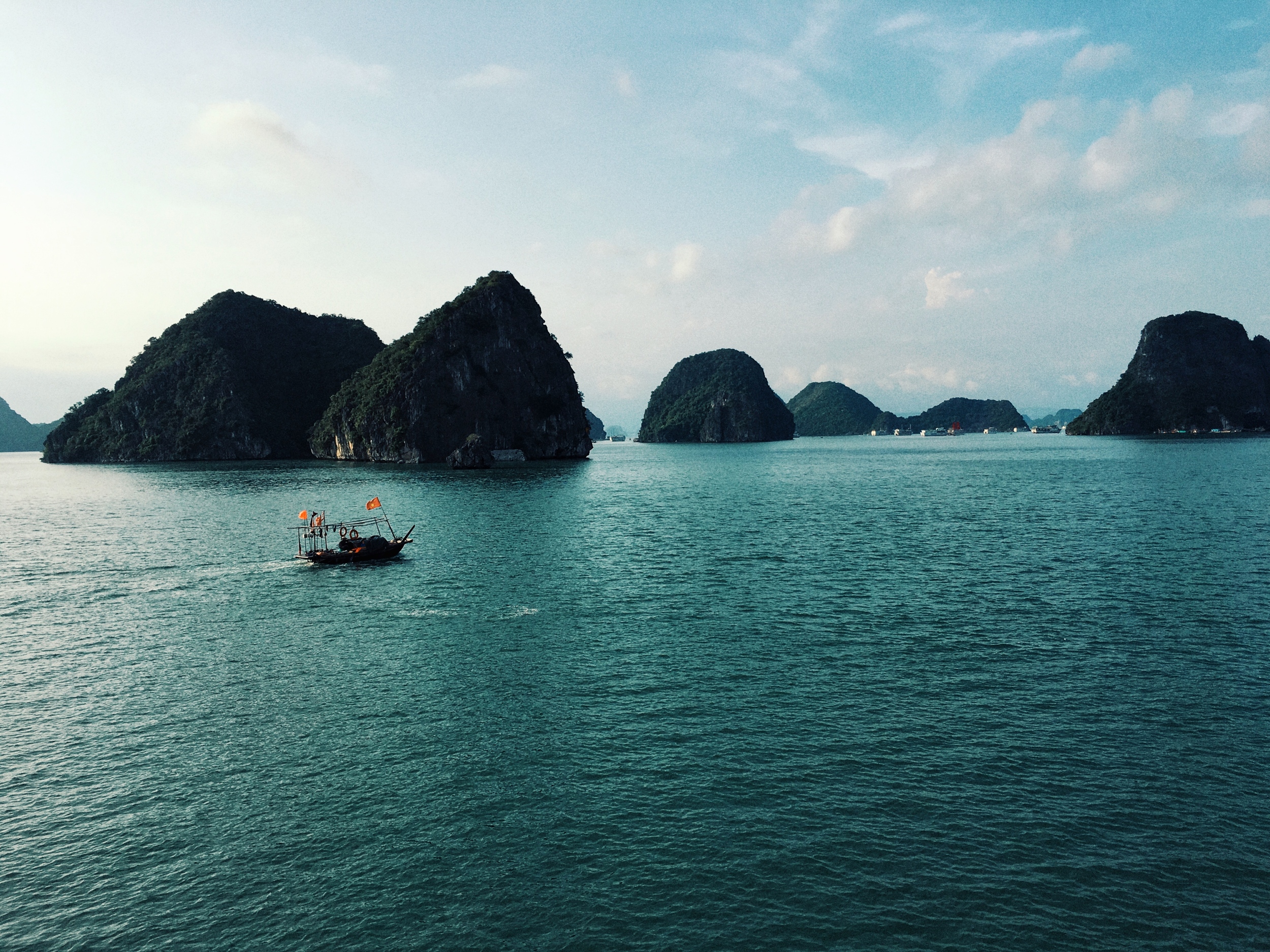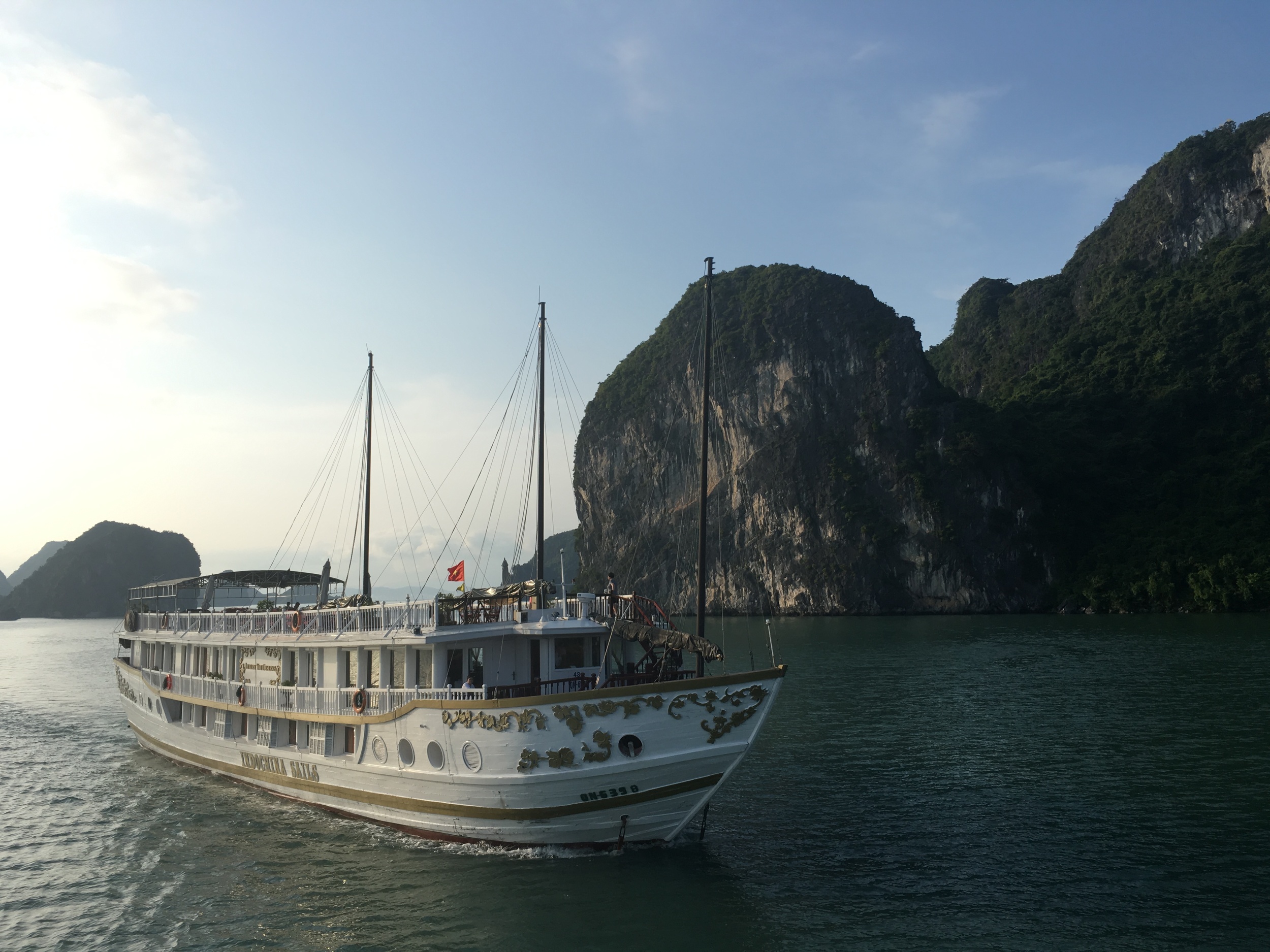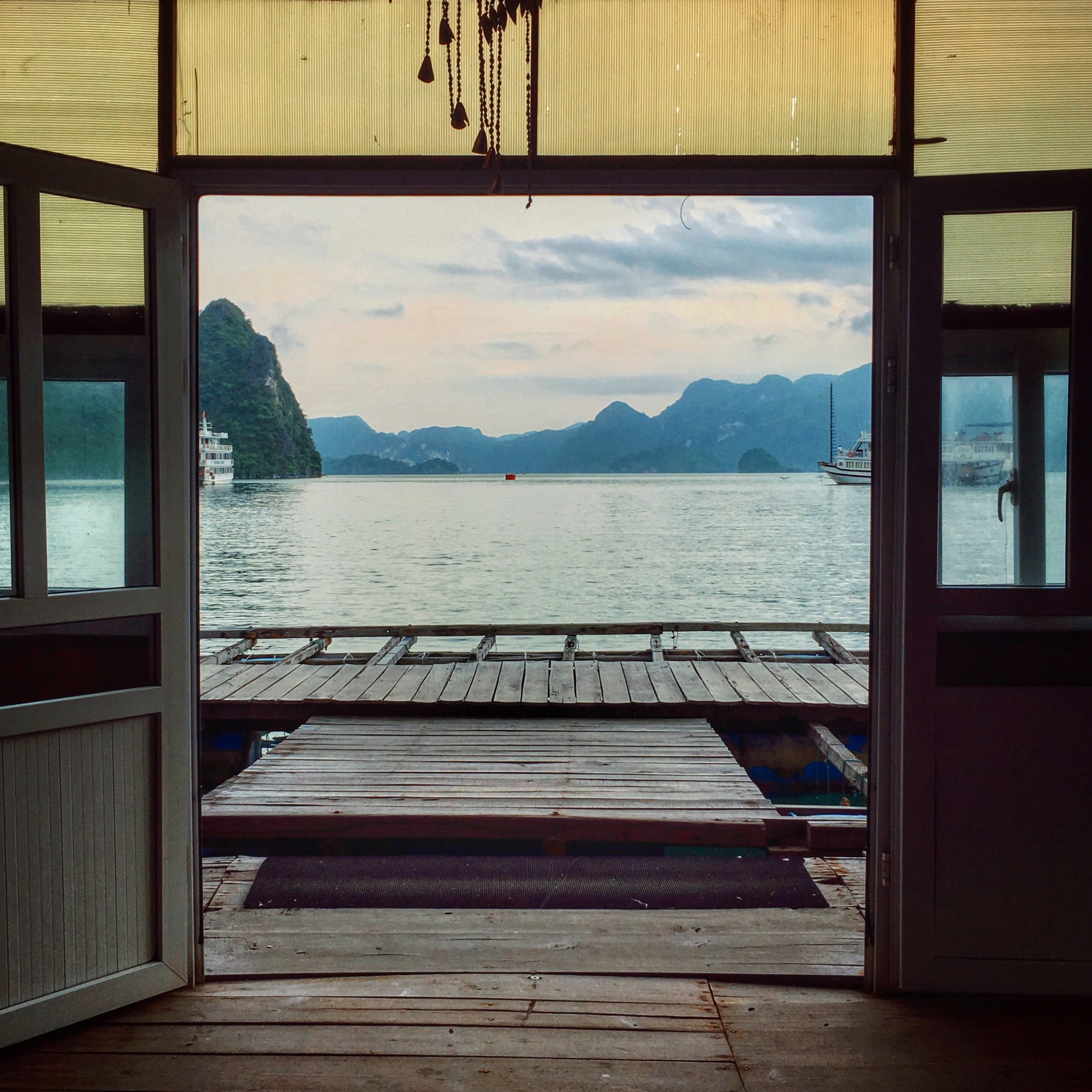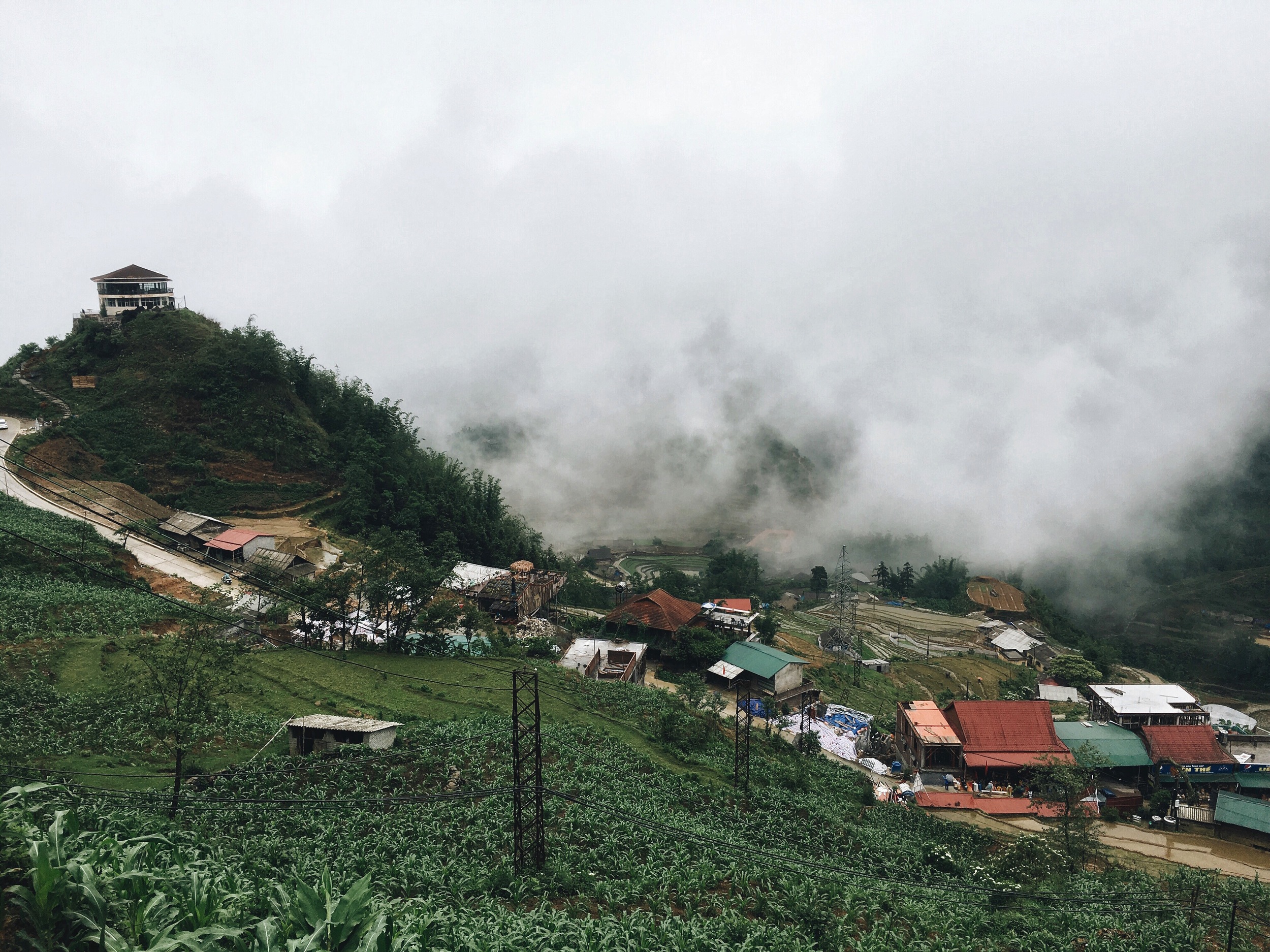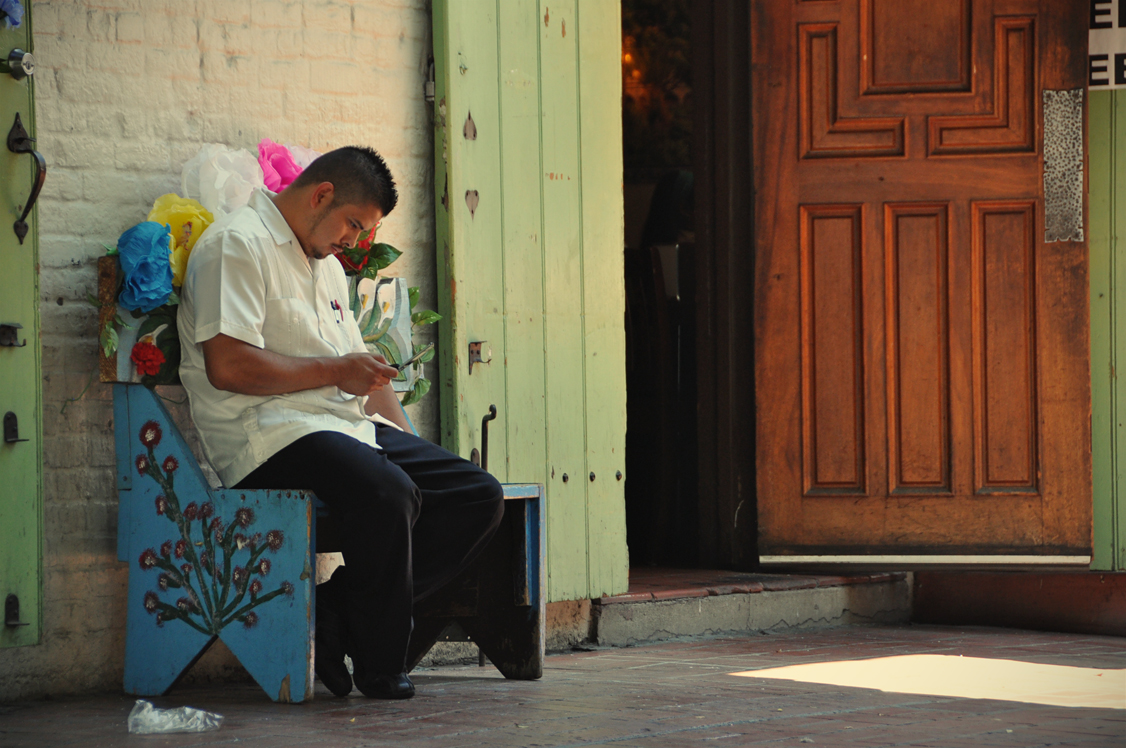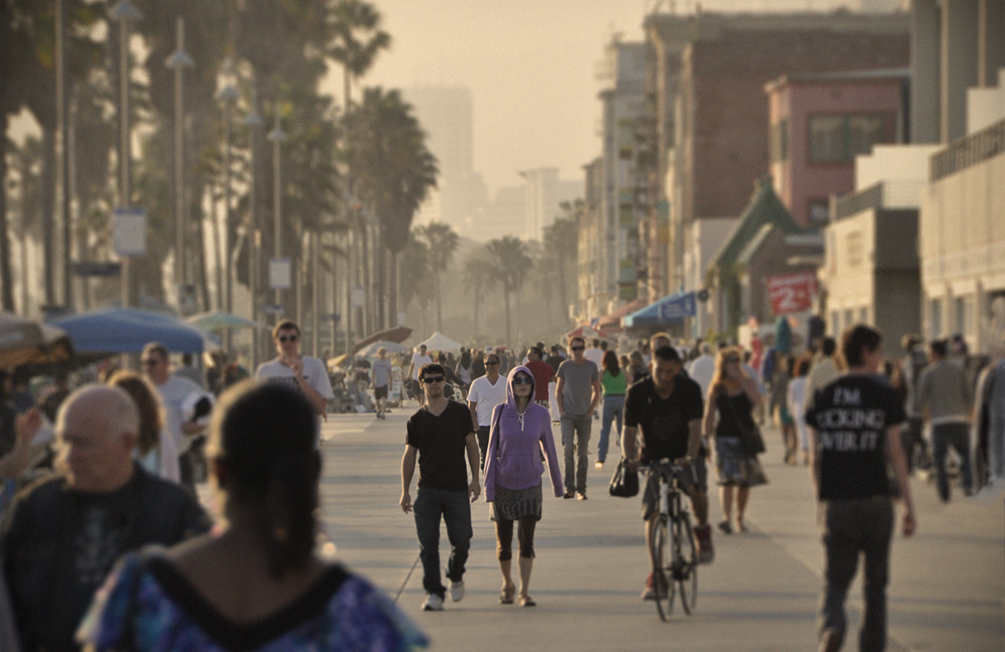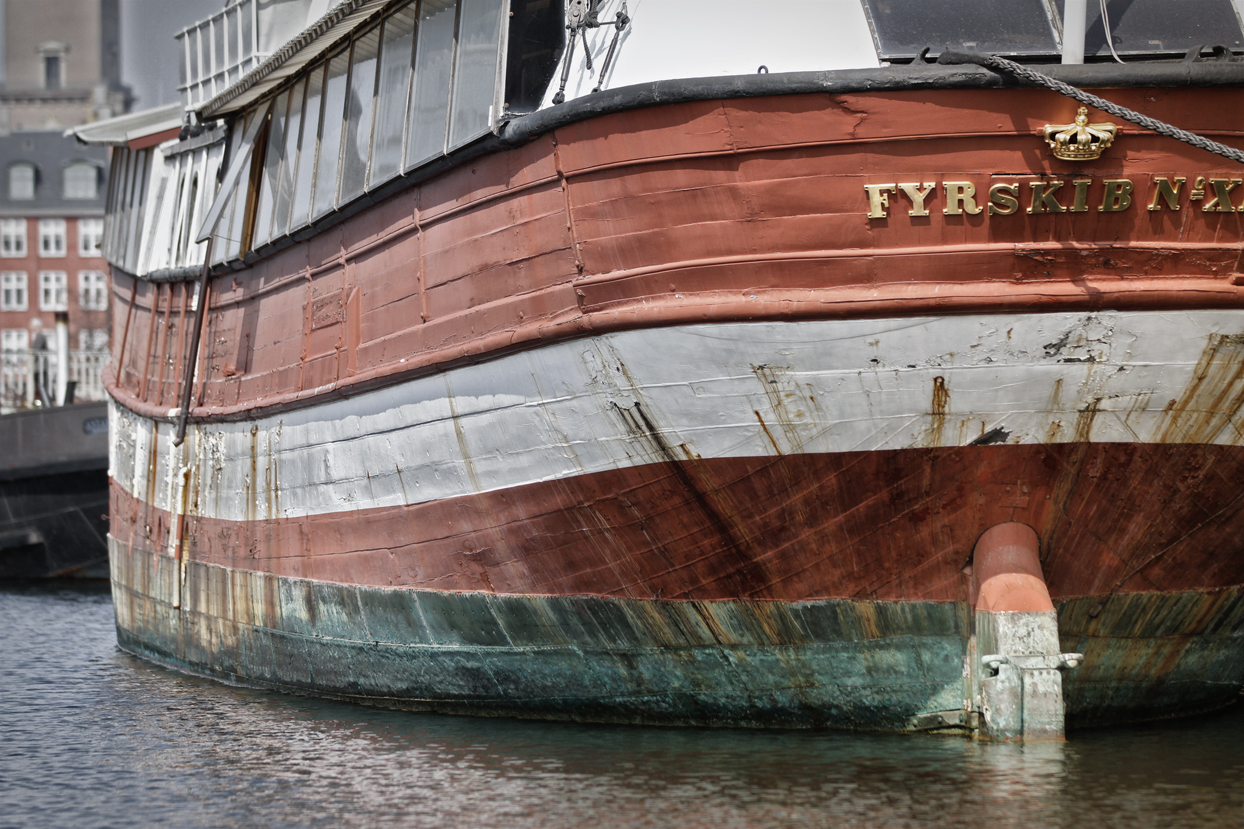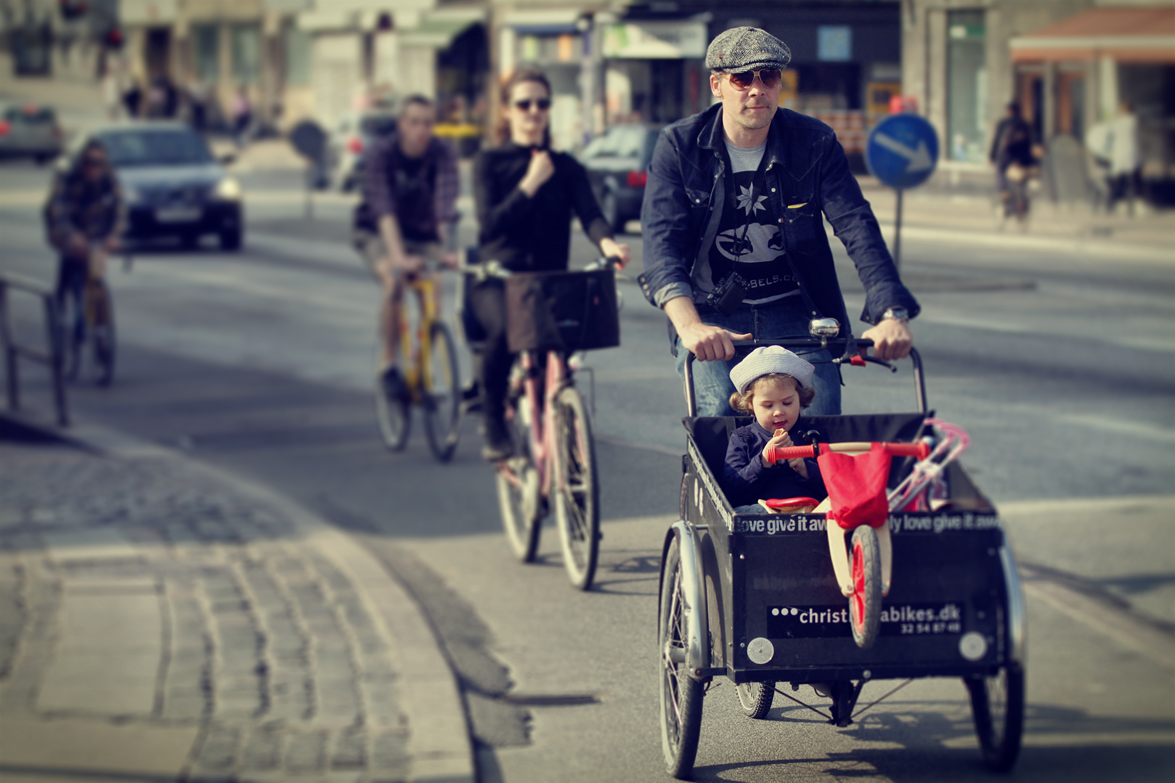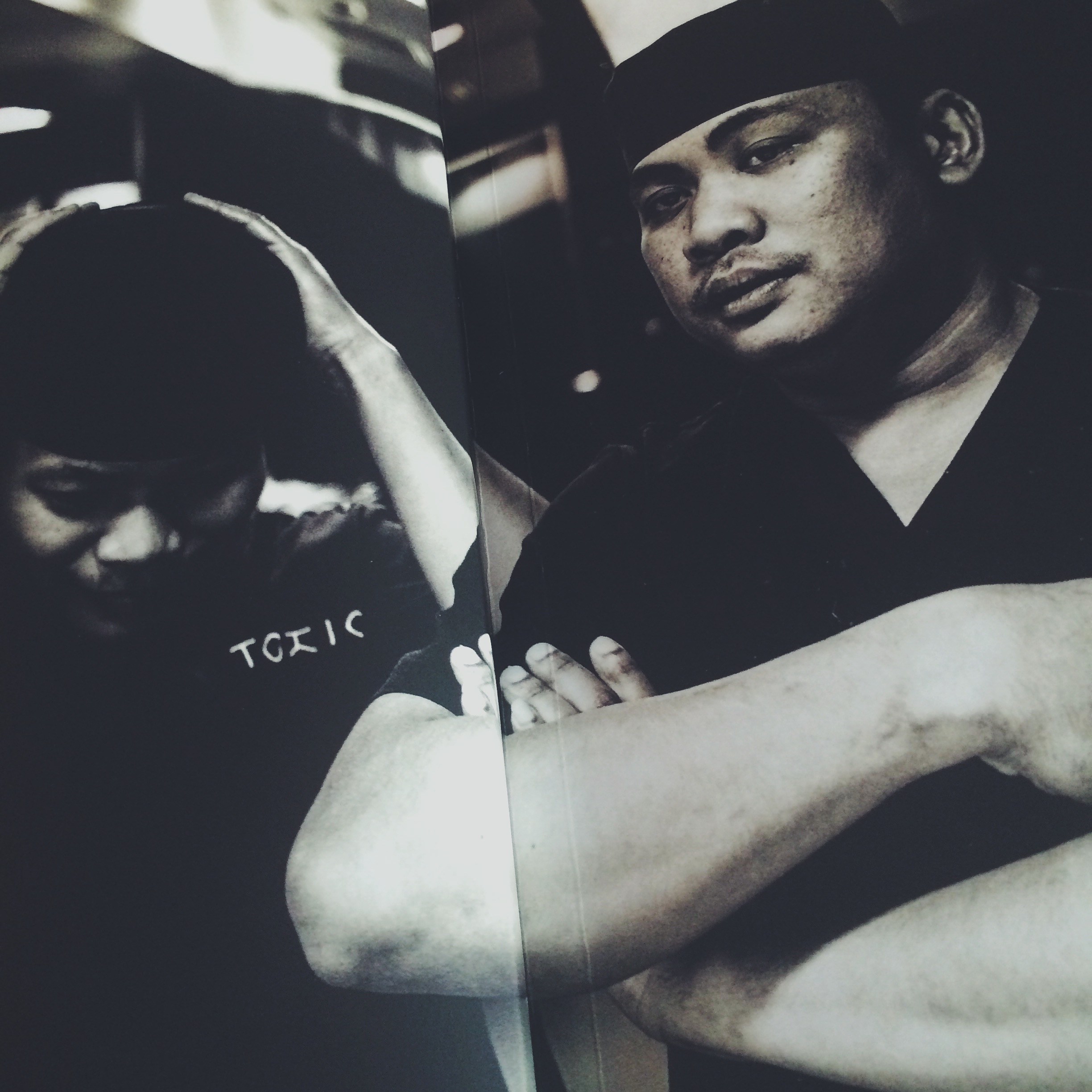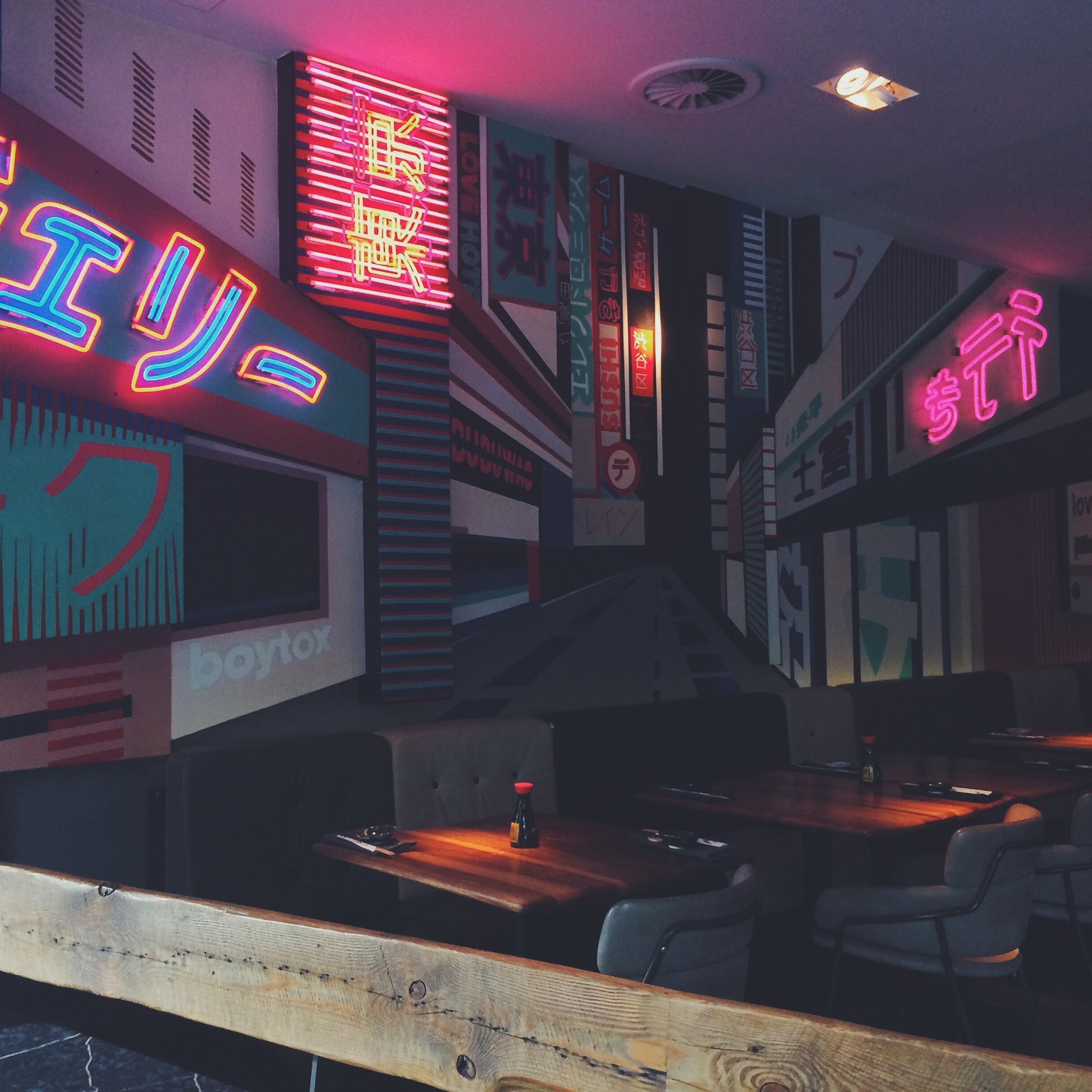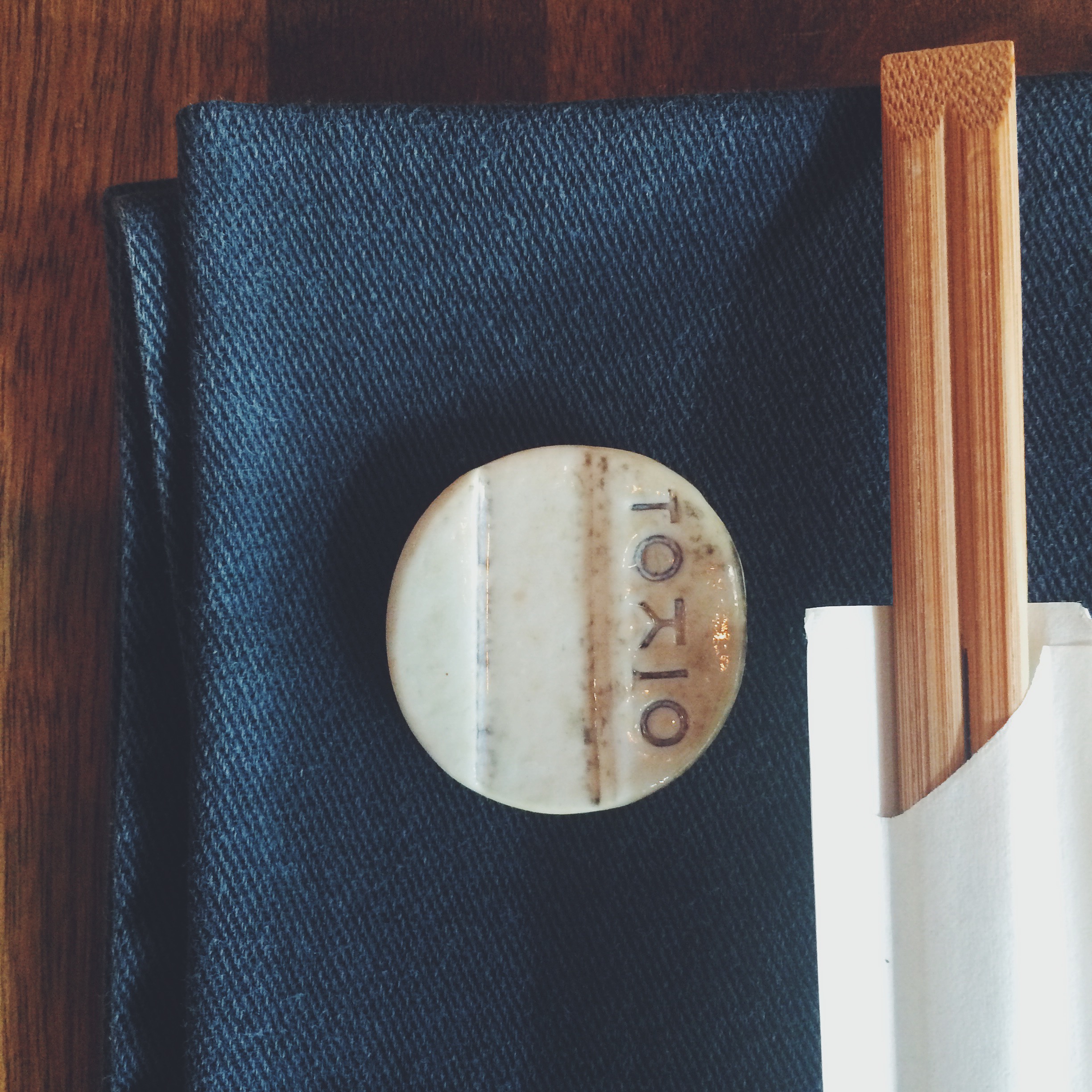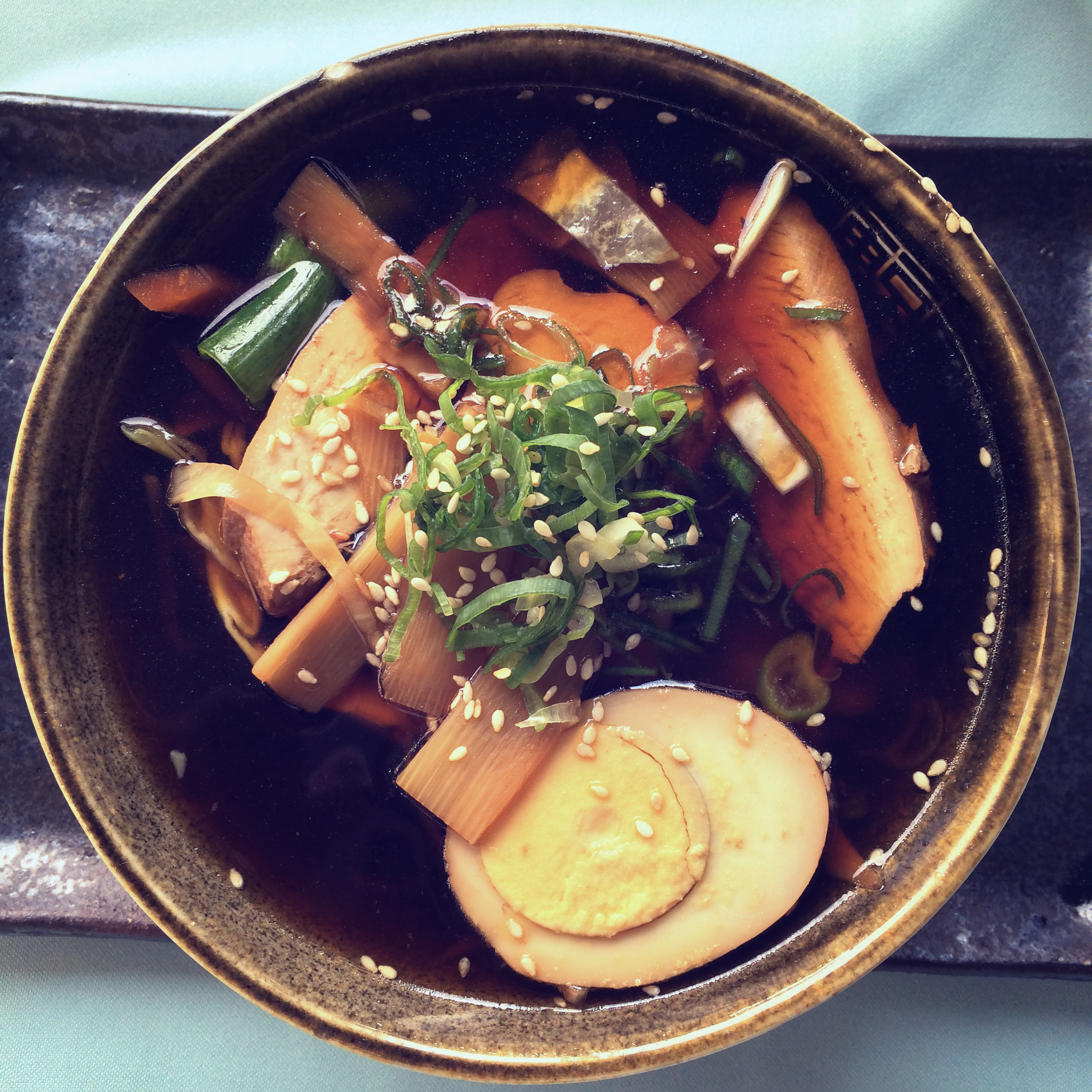After my mind-blowing trip to Lisbon in 2016 I decided to get back to Portugal for this year's summer holidays. I had no clue about the southern part of Portugal called "Algarve" therefor I randomly picked the two cities "Faro" and "Albufeira". Faro because of its international airport and Albufeira for its "busy nightlife" (forget about that part!).
As closer as I got to the my departure date, I felt like canceling my whole trip. A lack of energy for traveling solo and maybe the fact that I was visiting beach-cities all by myself, were the main reasons why I thought about canceling. One week prior my departure my friend Cristine decided she would join me to Portugal. I also had mixed feelings about that, because I was used to travel alone for the last couple of years... would we get along? At least I couldn't cancel the trip anymore.
FARO.
My first destination was FARO. Upon my arrival I still didn't know if Faro was a busy city, and what it had to offer. Summer temperatures outside of the airport, the scent of summer in the air, that's all I needed for a peaceful welcome. I took an "UBER" at the airport to get to the hostel, which only cost me about 6-7 Euros (9 US$).
The hostel "HOSTEL 1878" is located in an old traditional building with a very unique touch, lots of charming details and a welcoming staff. After my check-in, the guy at the lobby informed me about a folk concert on the rooftop. It just seemed like the perfect first night. About 25 people were watching the concert. The bar on the rooftop, offered red wine for 1.50 Euro a glass, or 3 Euro a Gin&Tonic. The neighborhood looked very traditional and I definitely felt like being on the best spot for my summer holidays.
Sadly Faro didn't have much to offer. I checked out the city center considered as the "Old Town", which was packed with tourists, lots of shops, restaurants, and only a few bars. On the first night I discovered the little gem called "BISTRO 31". A local restaurant with very limited tables. Fabio the owner of the place, his girlfriend and his lovely daughter were the soul of the small business! Every dish I tried at their place was a unique experience for my palate! That's why I decided to get back to "BISTRO 31" every night during my stay in Faro. My lovely friend Cristine, who joined me in Faro on my 3rd day, joined me on our last night in Faro for an amazing dinner. I'm glad she liked the dinner as much as I did.
On my second day in Faro I walked through the city center, the harbor area, and went to the fanciest shopping mall in the city. There's really nothing to do in Faro except having great food, and getting drunk on delicious cocktails, wines, or port wines.
It's a quiet city, even at night, the busiest bars didn't feel like a club or a dancing place. This doesn't mean that I didn't appreciate Faro. I'd recommend it to families who don't have any bigger expectations about their summer holidays.
Faro definitely is more lively at night. During my short 3-day-stay a couple of events took place: as the "seafood festival", an electronic festival called "Etcetera" or the "Baixa Street Fest" in the old town.
For the hostel part, most guests only stayed for 1 night. People checked-in and left the place the following day, so it wasn't really easy to socialize with the travelers and make new friends.
Another bar I'd recommend was the cocktail-bar "COLUMBUS", their staff puts a lot of effort to make great-looking cocktails.
ALBUFEIRA.
Cristine and I left on a sunday morning towards Albufeira by train. The train-ride took about 1 hour and the single-fare cost around 2-3 Euro. A bargain!
The train-station of Albufeira is located a little bit further outside of the center, so we had to take another UBER ride. After a 12 minute ride we made it to our "Topazio Hotel". The whole neighborhood just looked like any other beach town. I can't say that I enjoyed Albufeira at first sight, but at least it seemed a little busier than Faro.
We left the hotel as soon as possible and walked towards the rocky beaches of the Algarve. I can't pretend that I'm a beach-bum and I've hardly ever been to an astonishing beach. So all I can tell is, that Albufeira is probably the prettiest sandy-beach-area that I ever visited in Europe. The shores weren't too busy for the high-summer-season, the water looked very blue-ish, and the beach restaurants offered satisfying seafood dishes (and delicious sangrias!).
However as I mentioned in the introduction of this blog-post, the nightlife, that everybody was bragging about, was definitely the worst I've experienced in a long time. There are just too many bars in the city center. Too many empty bars, lots of 80s music, lots of families, lots of bored people spreading their boredom all over the place.
The cocktails are watered-down, the bars & restaurant's indoor designs looked pretty odd and all alike, just too many Brits in a portuguese city. I was glad that we discovered two good restaurants during our nights. I can't complain about the food; we had some great cataplanas at the "O-manjar" restaurant in Albufeira, some delicious tapas at a shisha-restaurant outside of the city center. (I can't stand shishas, but the food was alright, and so were the cocktails).
We decided to move on towards Lisbon instead of extending our stay in Albufeira for one more night.
My highlights of Albufeira were the organized tours. We took part on a boat-trip to witness dolphins in the sea, and to get to the Benagil Cave. The Benagil Cave is only reachable through the water, by boat or by swimming. It was a very eye-opening place, however the cave was packed with too many visitors upon our arrival. Sadly the tour-organizer didn't let us leave the boat, so we only had the chance to get some shots on board.
The next day we decided to do a kayaking tour alongs the rocky edges of the shore. Kayaking along the cliffs, through the caves, in the blue water, was pretty enjoyable. The fun tour lasted about 2 hours. This was definitely my highlight of the Algarve.
Each tour was about 30-35 Euro a person. I'm not a huge fan about organized activities, however I have to agree that the organizer did a flawless job.
LISBON.
I would be lying if i'd tell you that Lisbon had the same wow-effect as it did last year. All the neighborhoods looked pretty much familiar to me. I remembered some restaurants that left some culinary marks in my stomach and in my heart from past year. I jumped into a couple of shops which I promised myself I'd turn back next time in Lisbon.
Last year I got my phone stolen, because of that I wasn't able to write a review about the "YES HOSTEL"in the capital of Portugal. It was pretty obvious that I would stay at any costs at "YES HOSTEL" again.
Because we didn't plan to extend one more night in Albufeira I had to make 2 different bookings. One booking for 1 night, and the second booking which I did at home prior our departure for 4 nights. While we were checking in I noticed that I only booked one bed. Sadly "YES HOSTEL" was fully booked on the very first day and we had to change plans. We stayed one night at the "Cheese & Wine Apartments" close to Alfama. Instead of paying 50 euro a night, we had to pay 200 euro a night. But! Considering that the apartment had space for 6 people (3 beds) I can't imagine about a better apartment for a group of people, and spending only about 30 euro a person. Upon our arrival at the apartment we were offered a complimentary bottle of red wine, and portuguese cheese.
The next day we checked-in at the hostel. From the outside I noticed Fabio behind the check-in desk. Fabio and I pretty much became friends during my first stay in the city. I was curious if he would still recognize me 12 months later. While he was busy doing the check-ins, we walked in and waited for our turn. Just seconds later Fabio noticed me and Cristine in the corner and we got the warmest welcome ! Fabio started talking about my recent trip to India, about another luxembourgish customer... while the other guests were impatiently waiting with open-eyes at the counter.
There were two things that made my stay in Lisbon unforgettable. As you can expect, the first one was meeting Fabio for the second time, and the 2nd one was the Cabo da Roca, which is the very western point of Europe. I will come back to the Cabo da Roca later. Well I gotta admit, it was lovely to travel with a girl after all those years of solo-traveling as well.
If you're a vivid Instagram-User as I am, you will find endless spots to visit in Lisbon. There are so many great looking bars and coffee-bars, but I only had to chance to visit one or two. Beside my Instagram-Check-Out list, I still needed to get to the creative-hub "LX Factory" which is located just below the big red bridge. Lx Factory is packed with lovely souvenir stores, a diversity of restaurants, designer shops, and a great shop for "cafe-racer" fans.
The "Time Out Market" was on our check-list as well, however visiting it right after having had breakfast, wasn't the smartest move. The food at the different shops looked very mouth-watering. However I didn't feel like waiting another hour, that's why we went on to Alfama.
On our last day we opted for Cascais and Cabo da Roca. Fabio told me that ages ago "Cabo da Roca" was supposed to be the "end" of the world. It was the spot where the earth would end, and the ocean would begin. Once we made it to the edgy cliffs of "Cabo da Roca" I totally got the vibe my friend was telling me about. I've never been to Scotland or Ireland, so I can't tell about their nature spectacles. This was my first time, where I could witness this natural beauty.
““Aqui ...
onde a terra se acaba
e o mar comeca”
”
We took a couple of photos on the edges of the cliffs. Sitting down for a couple of minutes, you could only hear the ocean breath, the waves hitting the rocks, and the neverending gaze in front of you. I would love to get back to that place on my next trip, but in the very early morning, or very late at night.
There's definitely so much left to discover inside and outside of Lisbon. A short train-ride (2.5 Euro) will bring you to the nearest cities within a heartbeat. If the train-ride's too slow, grab an UBER. The cities of Cascais and Belem are definitely worth a visit. Belem is known for its delicious pasteries "Pastel de Belem" and its Belem-Tower. Cascais is the "Cote d'Azur" of Lisbon, everything just looks fancier over there (but doesn't have to better).
On our way back home from the Cabo da Roca, my friend Daniel showed as another great beach spot that looked totally fabulous. It was just mind-blowing driving by the beach of "Praia do Guincho" which was crammed with kite-surfers. Next time it's gonna be on my list!



